Shall I stir the coffee by hand? What are the stirring techniques?

Recently, when Qianjie was surfing the Internet, it was found that many hand-brewing enthusiasts like to add a mixing powder layer in the process of making coffee, hoping to improve the extraction of certain flavors, such as the sweetness of coffee. Is stirring really that effective? What do you pay attention to when using mixing techniques?
Let's talk about this auxiliary technique of hand-made coffee in front of the street today: stirring.
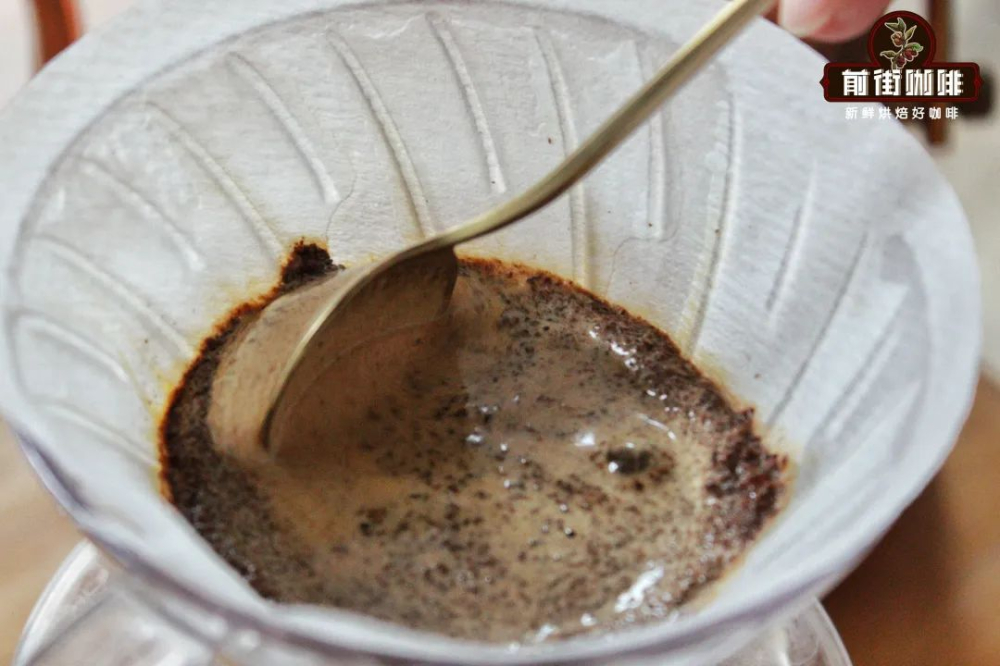
When did mixing techniques begin to rise?
If you want to talk about the rise of mixing techniques, you have to mention Matt Perger, the WBrC champion of the 2012 World Coffee Brewing Competition, and the coffee industry leaders who later "responded" to it.
Matt uploaded a video of a V60 filter cup on a foreign video website, and at that time he used a hand-flushing technique that called himself "gangster stirring Stir like a Bandit". As can be seen in the video, during the steaming phase, Matt stirred by drawing a cross with the help of a wooden stick. First up and down, then left and right, and then up and down, stirring the coffee pulp quickly and vigorously.
02:37
Matt's stick bandit stirring
Tim Wendelboe, the Nordic baking industry father from Norway, also used the stirring method in the steaming phase in a V60 hand-made teaching video uploaded on his personal YouTube channel. Tim also mentioned the purpose of stirring. "I like to stir coffee when steaming to make sure all the powders are fully moist."
In addition to the two Scandinavian and Australian masters who support mixing, Scott Rao, the soul of baking from the United States, and James Hoffmann, champion of the 2017WBC World Barista Competition, also support mixing as an auxiliary "means". In addition, there is a barista Amis from Taiwan, who is the ultimate representative of "mixing".

What is the function of stirring?
The benchmark of coffee extraction is uniformity. With regard to the mixing of hand-brewed coffee, spoons, sticks and other instruments are usually used to stir and interfere with the coffee powder bed. The aim is to increase the tumbling degree of coffee powder in water with the help of external force, so that the water is more evenly exposed to each grain of coffee, so as to achieve "full" extraction.
From the way of segmented extraction, stirring can be carried out in two brewing stages: the steaming stage and the water injection stage of the main extraction. As for when to stir, what is the extent of stirring, the angle and direction of stirring, and the duration of stirring. This series of questions should go back to the original intention of extraction, "Why stir it?" ".
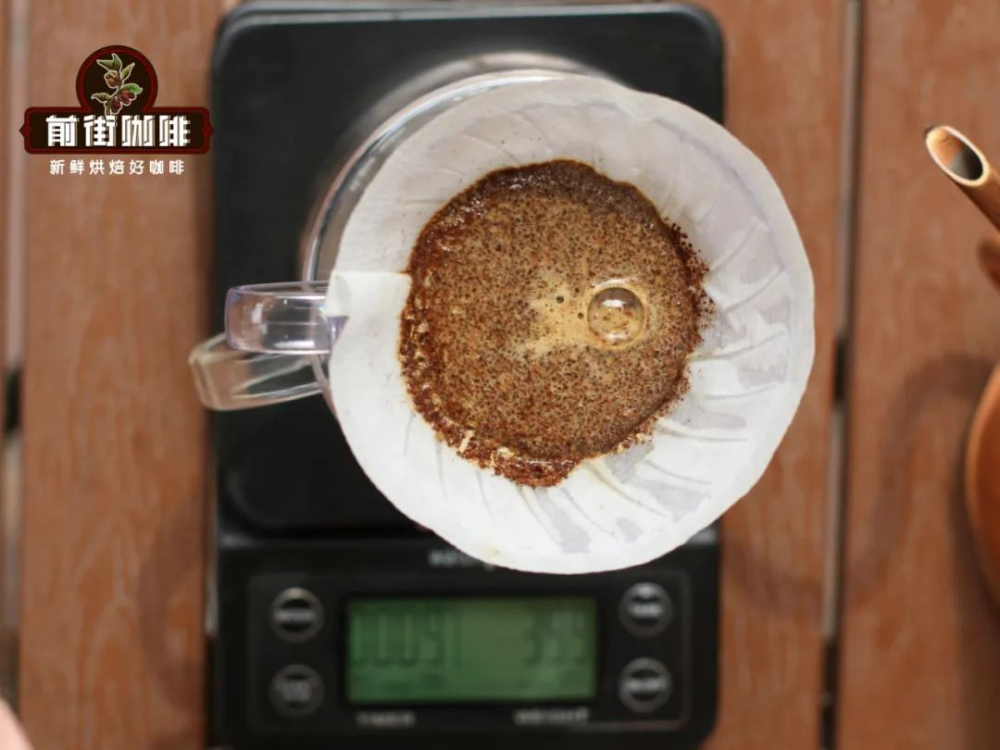
What is the effect of different stages of stirring on coffee extraction? Qianjie has mentioned many times that water injection itself can achieve the purpose of stirring, but the premise is that enough water injection, and water consumption is only a few dozen grams of the steaming stage is often difficult to achieve. If the water control ability of the brewer is still weak, it will be more difficult to make the dried coffee powder evenly wet and tumble. This is why many cooking masters recommend using utensils to stir the powder bed when steaming.
In the steaming stage, regardless of the strength and direction of stirring, the purpose is to make the powder layer of each height in the filter cup infiltrate into the water, so as to reduce the concentration difference and pave the way for the flavor extraction of the later stage.
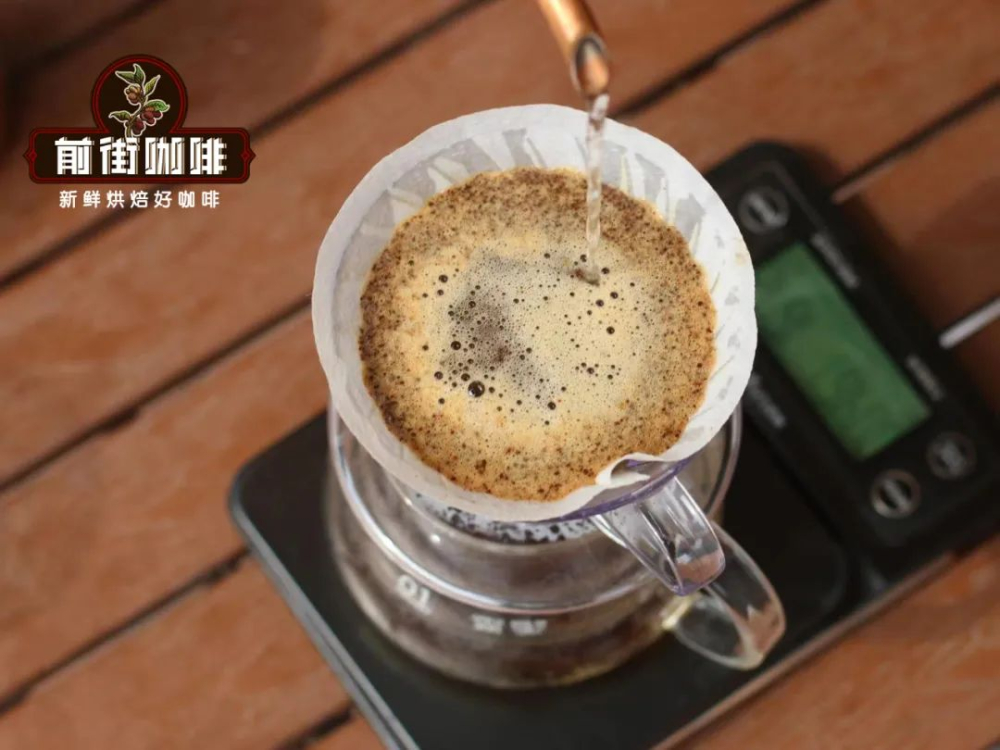
After the end of steaming, the main extraction part, because the amount of water is enough to create disturbing flow, coffee powder has more opportunities to "absorb water", so it does not have to rely too much on stirring action. The stirring after steaming is usually carried out at the end of the second stage of water injection, when the stirring can exhaust the coffee to achieve higher extraction efficiency.
In order to verify the above ideas, Qianjie also carried out an experimental comparison, respectively using no stirring, steaming stirring, the first stage of water injection after stirring three ways to extract the same coffee beans. Here in the front street, we choose the Guoding Cooperative, 15 grams of coffee powder, the ratio of powder to water is 1:15, the water temperature is 91 degrees, and the grinding thickness is 10 degrees EK43s.
No stirring: the total extraction time is 2 minutes and 5 seconds, the citrus flavor is obvious, the acidity rises, and the tail rhyme has the sweetness of honey.

Stir when steaming: after steaming and injecting water, stir the coffee pulp with a small spoon (draw the cross: first up and down, then left and right), and drip all the coffee liquid in 2 minutes and 10 seconds. The flavor is berries, lemon, green tea, with a hint of white flowers, sweet and clear.
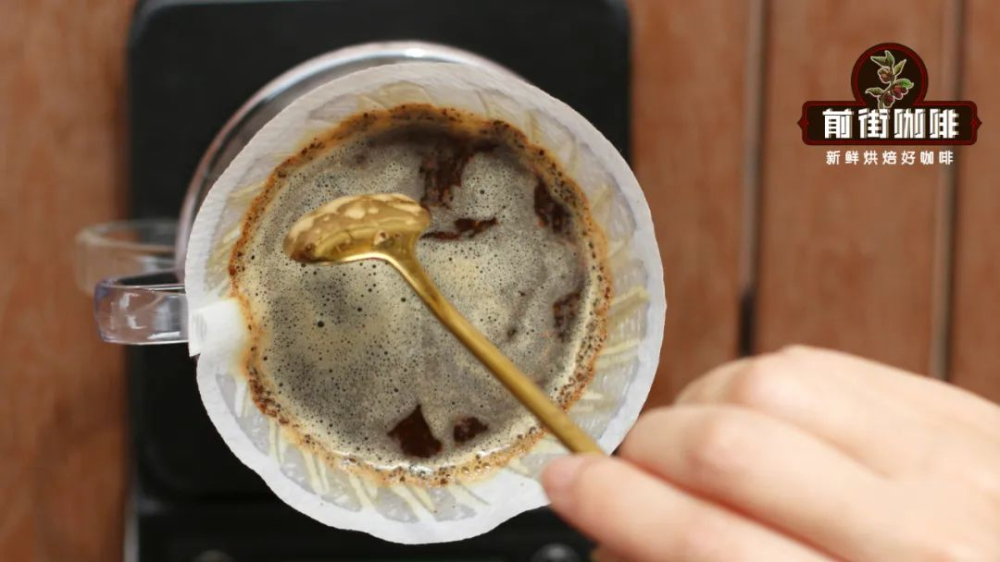
After the first stage of water injection, stir: after the end of the first stage of water injection, also stir the coffee pulp with a small spoon (draw the cross: first up and down, then left and right) and titrate for 2 minutes and 13 seconds. The flavor is also citrus fruit acid, the aroma is weak, with a hint of licorice in the finish, slightly over-extracted. It seems that the stirring here has not played a positive role.
What do we need to pay attention to when stirring?
The biggest problem encountered in the mixing method is fine powder clogging. As the coffee pulp is disturbed by more stirring, the more likely it is that the fine powder will move down to the bottom of the filter cup and block the filter hole. Therefore, excessive stirring not only prolongs the extraction time, but also increases the possibility of coffee over-extraction.
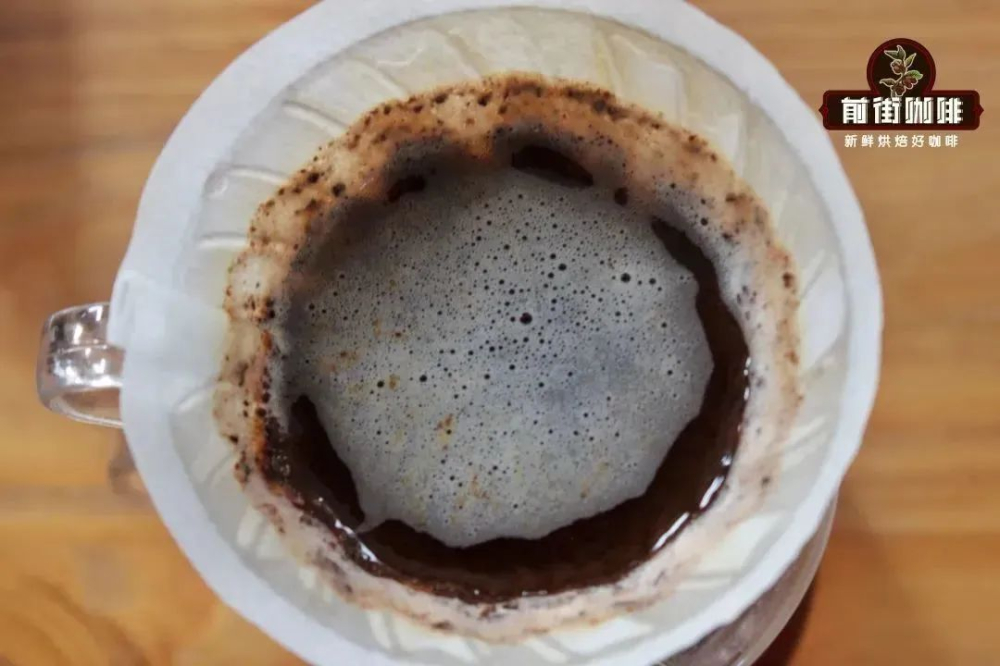
Due to the forced pressing of the flavor of coffee, mixing techniques require a high quality of coffee beans, if you use poor beans, it is likely to infinitely magnify its negative taste. If you want to stir to help the extraction of coffee flavor, in addition to the right action, but also combine many "tricky" steps, such as fine grinding, high water temperature, rapid brewing and so on.
It is precisely because there is no relatively unified standard of mixing techniques, it is difficult to measure with accurate data, everyone has different methods of operation, and there are often very different results when applied to their own equipment and beans, which naturally does not have universality. Qianjie believes that we should first fully understand the properties of their beans, combined with the characteristics of the filter cup, and then decide whether to stir and how to stir.
-END-
Front Street Cafe
No. 10 Baoqian street, Yandun road, Dongshankou, Yuexiu district, Guangzhou, Guangdong province

Important Notice :
前街咖啡 FrontStreet Coffee has moved to new addredd:
FrontStreet Coffee Address: 315,Donghua East Road,GuangZhou
Tel:020 38364473
- Prev
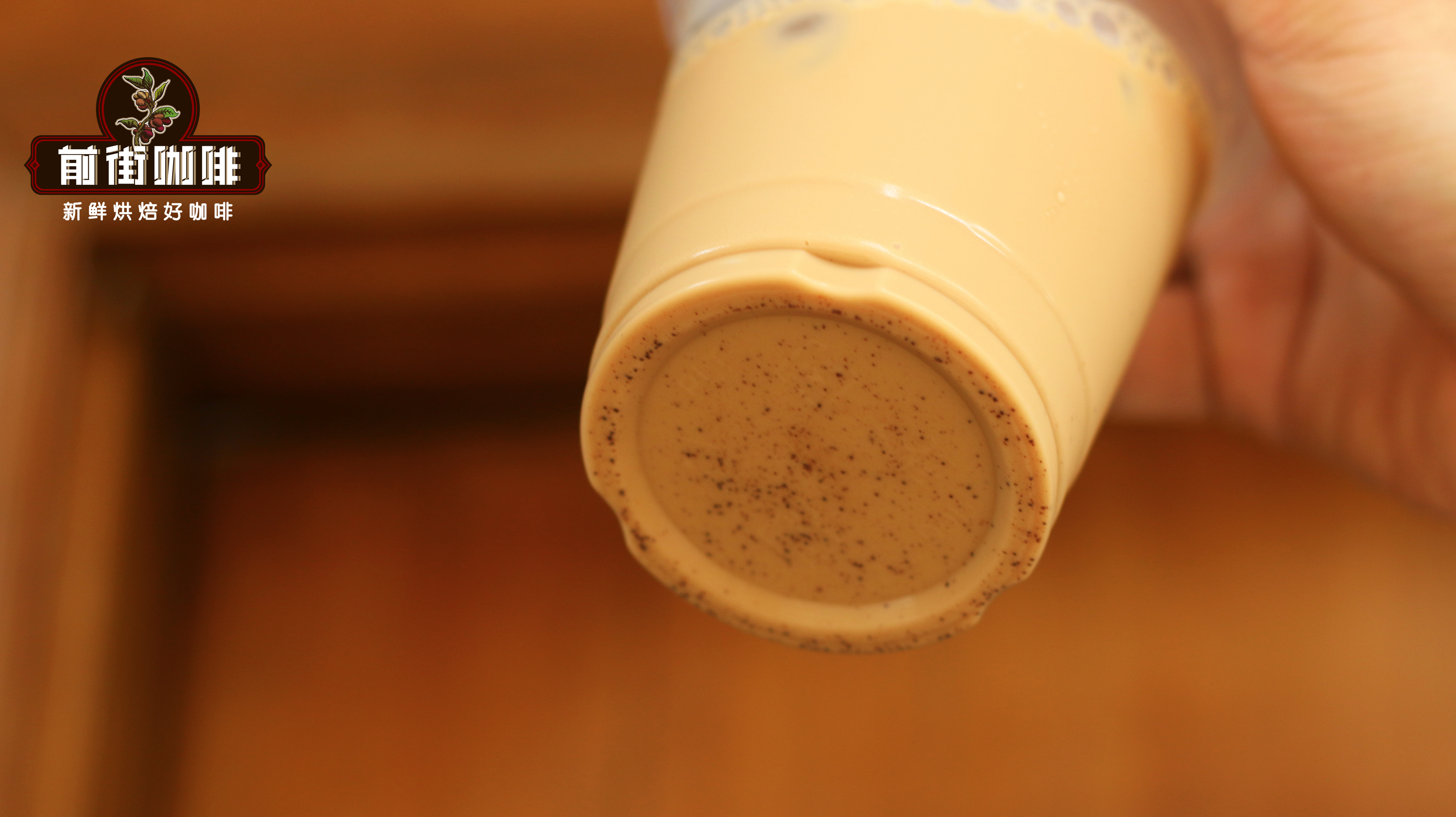
Is it normal to have coffee grounds at the bottom of a latte cup? How to solve the problem with powder in espresso extraction?
I do not know if you have ever encountered such a situation: after drinking the coffee, a look at the bottom of the cup, deposited some small powder particles; sometimes went to the store to buy a cup of iced latte, found that there is also black slag at the bottom. Is this a normal situation? Does it affect drinking? These black powder particles deposited at the bottom of the coffee cup
- Next

The process of making coffee with ice hand
In the heat of summer, many guests would like to have a pot of iced coffee that is cooler and cooler than warm coffee. So this article, Qianjie will bring the way of making ice hand coffee! We can choose the amount of ice we use according to our preferred concentration, because the ice will dilute the concentration.
Related
- Beginners will see the "Coffee pull flower" guide!
- What is the difference between ice blog purified milk and ordinary milk coffee?
- Why is the Philippines the largest producer of crops in Liberia?
- For coffee extraction, should the fine powder be retained?
- How does extracted espresso fill pressed powder? How much strength does it take to press the powder?
- How to make jasmine cold extract coffee? Is the jasmine + latte good?
- Will this little toy really make the coffee taste better? How does Lily Drip affect coffee extraction?
- Will the action of slapping the filter cup also affect coffee extraction?
- What's the difference between powder-to-water ratio and powder-to-liquid ratio?
- What is the Ethiopian local species? What does it have to do with Heirloom native species?

